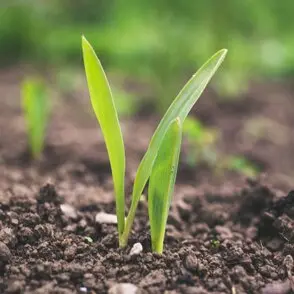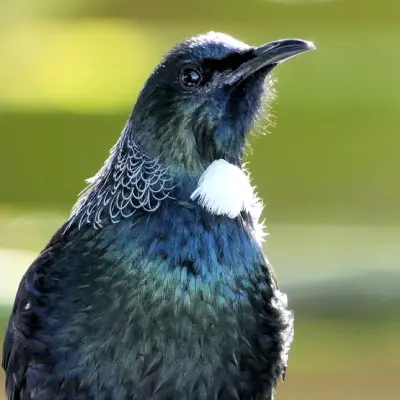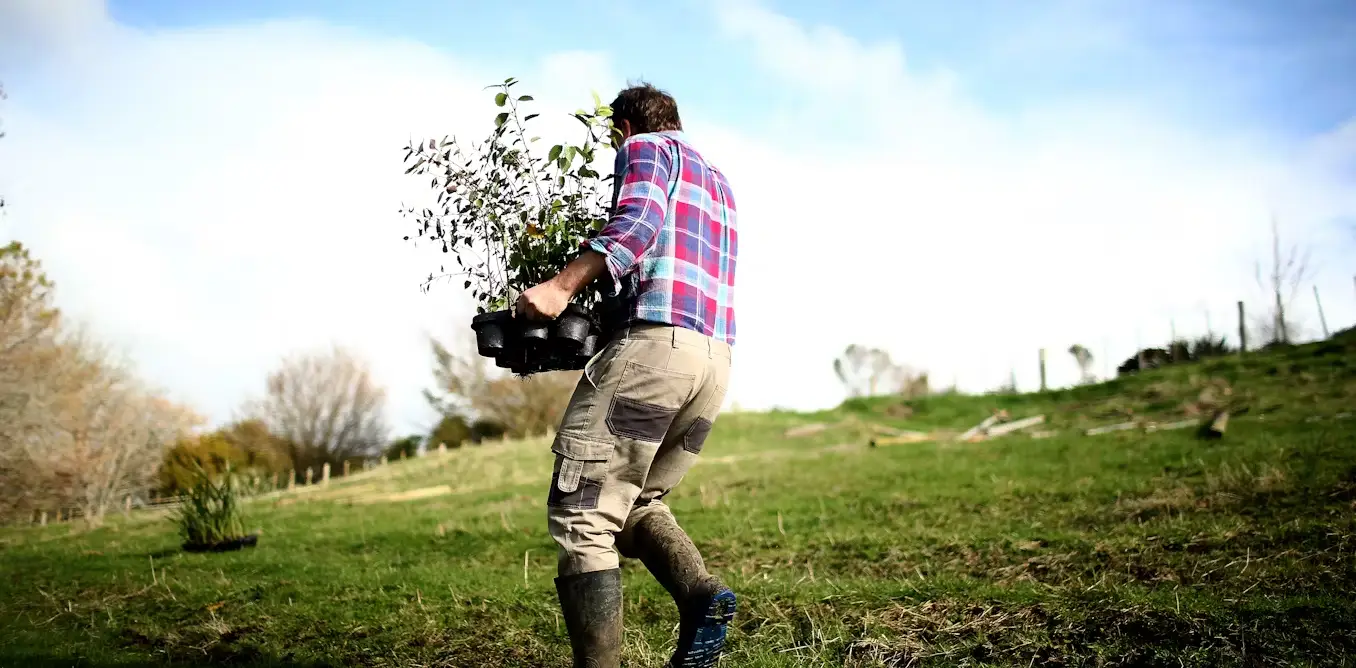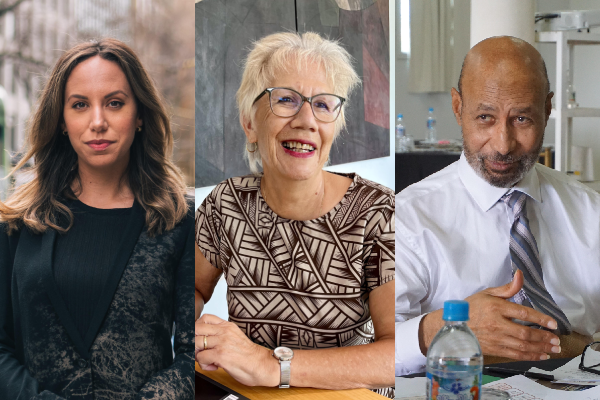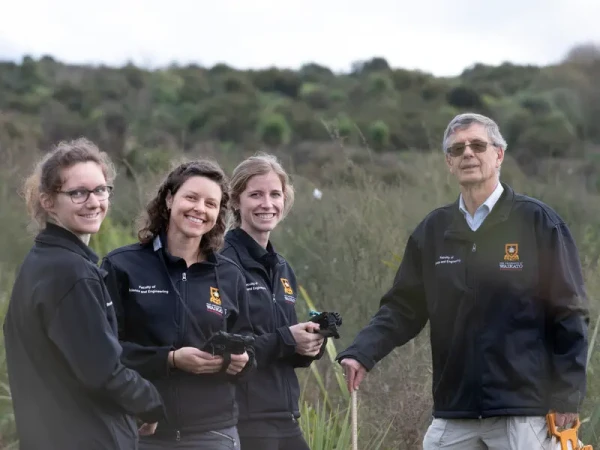
Professor Bruce Clarkson secured $10 million in 2021 for a research project called Restoring Urban Nature, courtesy of funding from the Ministry of Business, Innovation and Employment (MBIE). The project aims to restore Indigenous ecosystems and develop high-quality green spaces in urban landscapes and suburban backyards.
The multidisciplinary project builds on Professor Clarkson’s previous project People, Cities and Nature, another five-year MBIE-funded programme which has transformed urban spaces in the Waikato, Hawkes Bay and Taranaki regions.
Professor Clarkson’s work was also recognised when he was awarded the prestigious Hamilton Kirikiriroa Medal in recognition of his work restoring Waiwhakareke Natural Heritage Park. Over 16 years, he was the driving force in transforming the 65.5 hectare council-owned site from farm paddocks into an internationally acclaimed regenerating native forest, wetland and a lake ecosystem rich in biodiversity.

